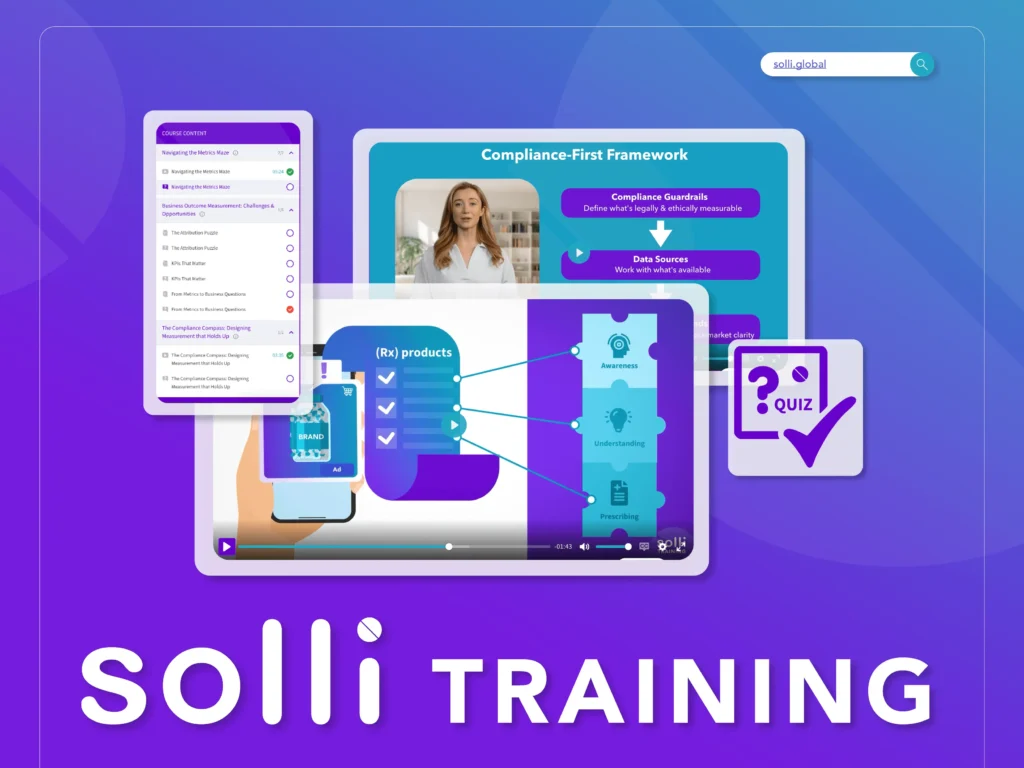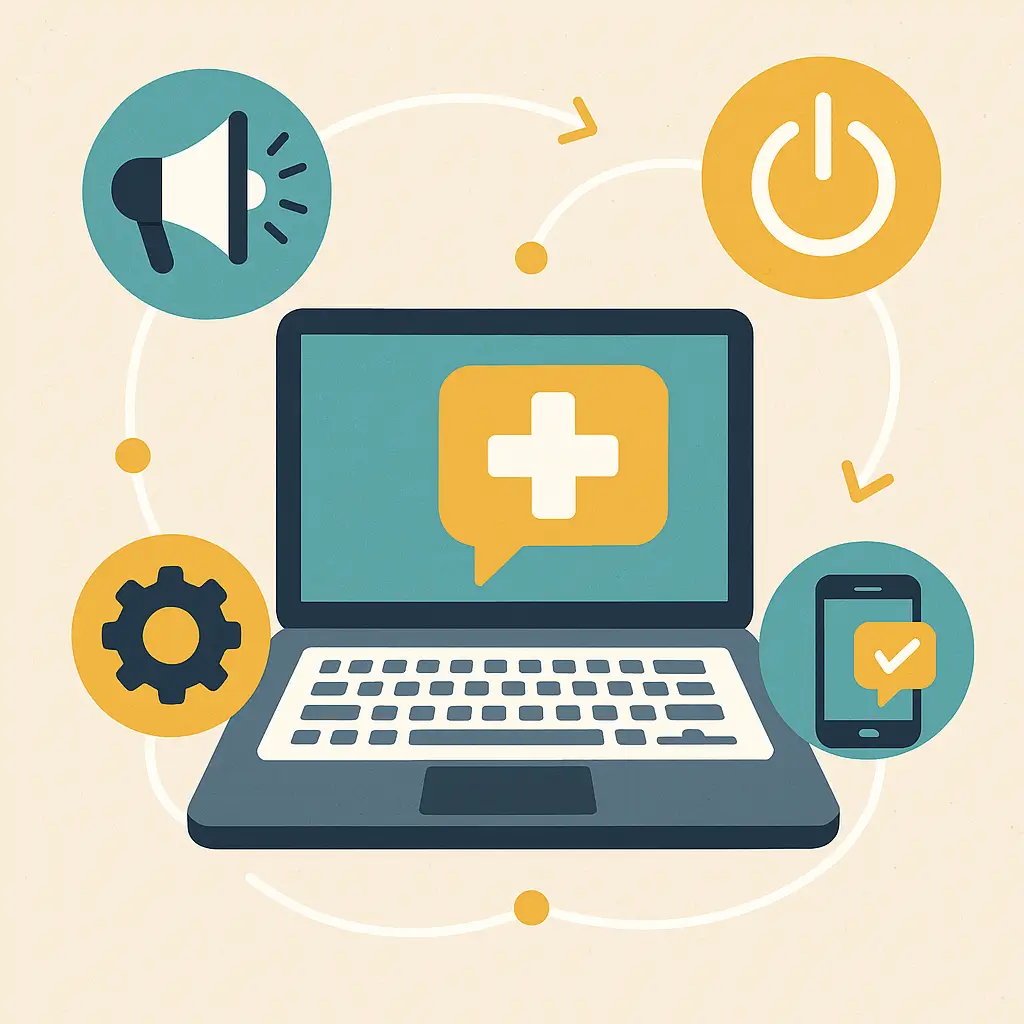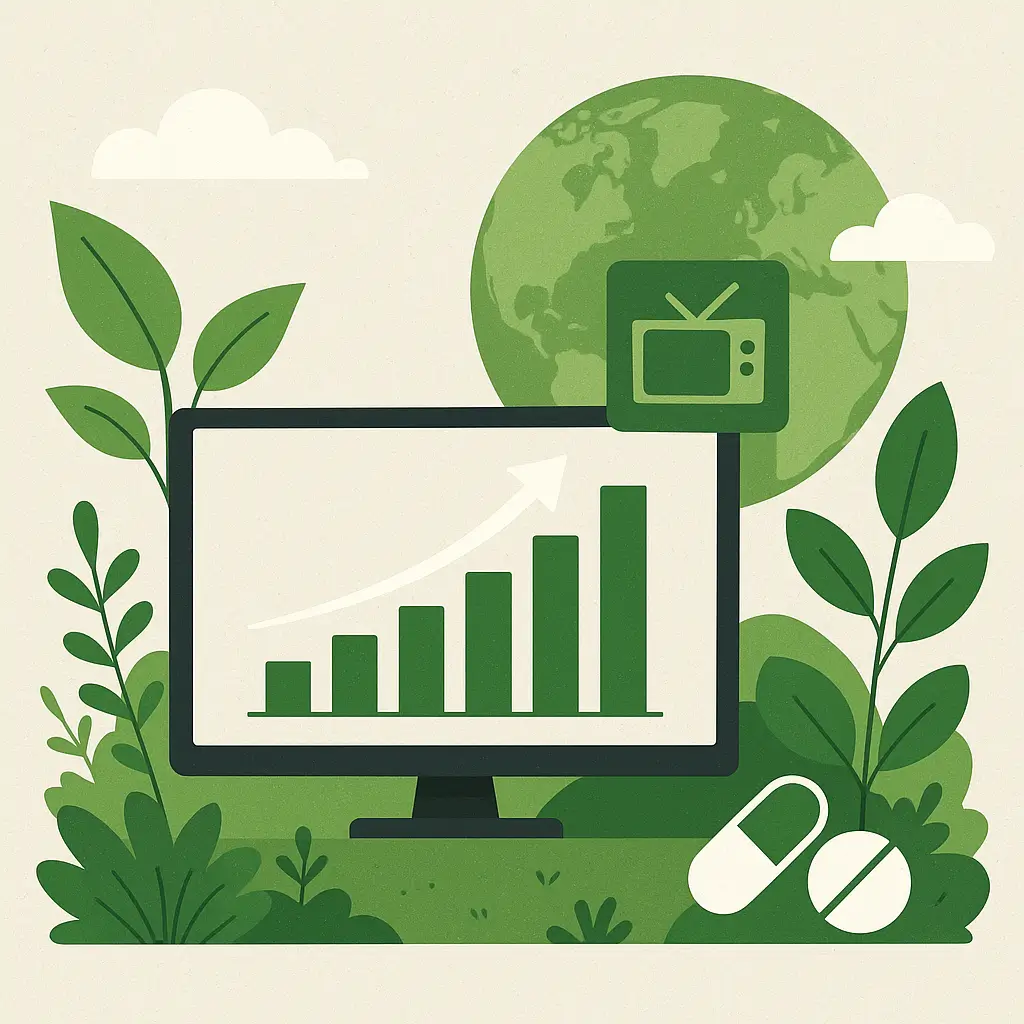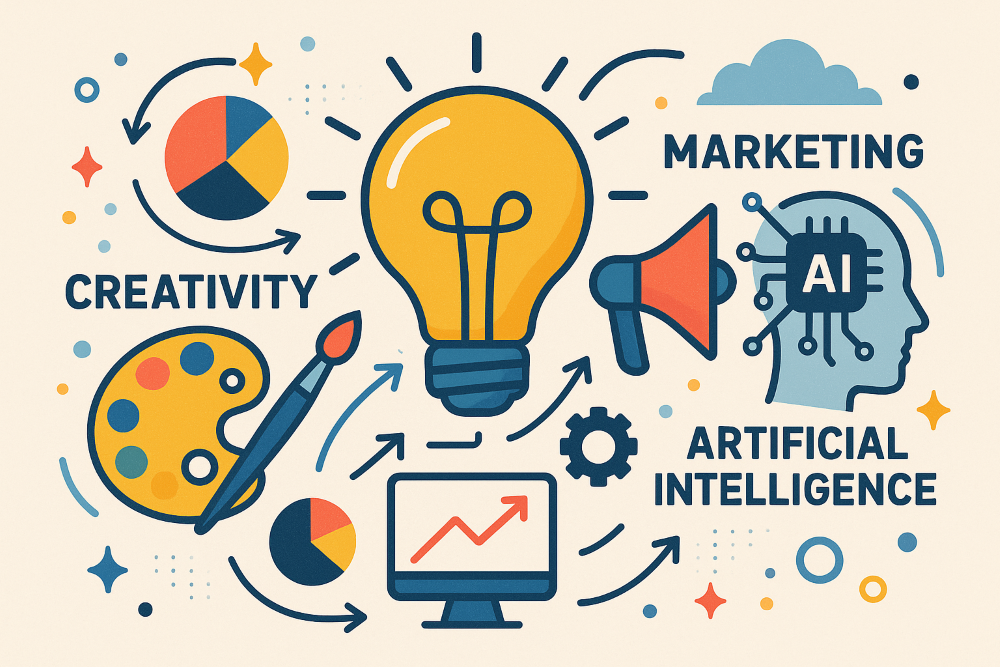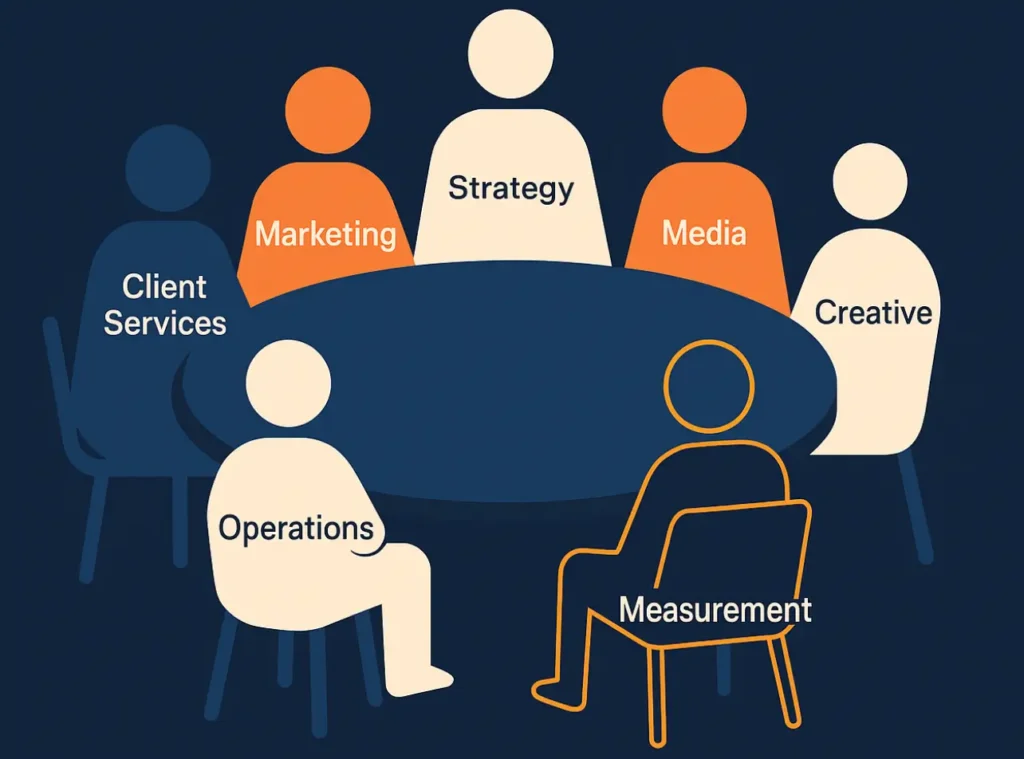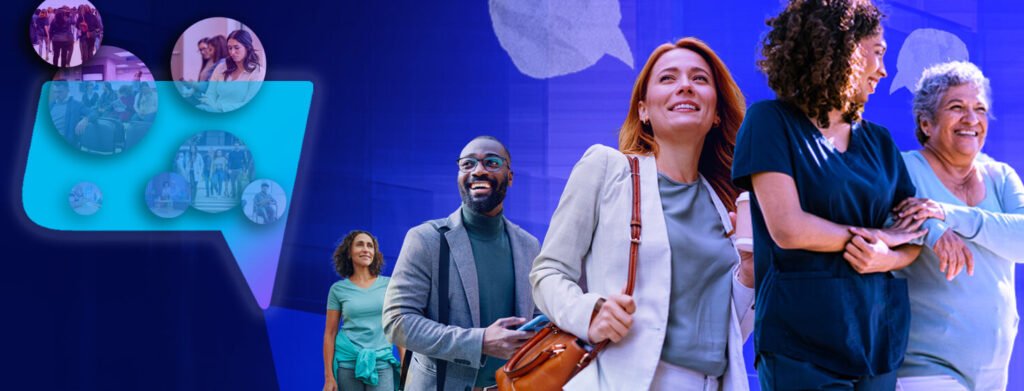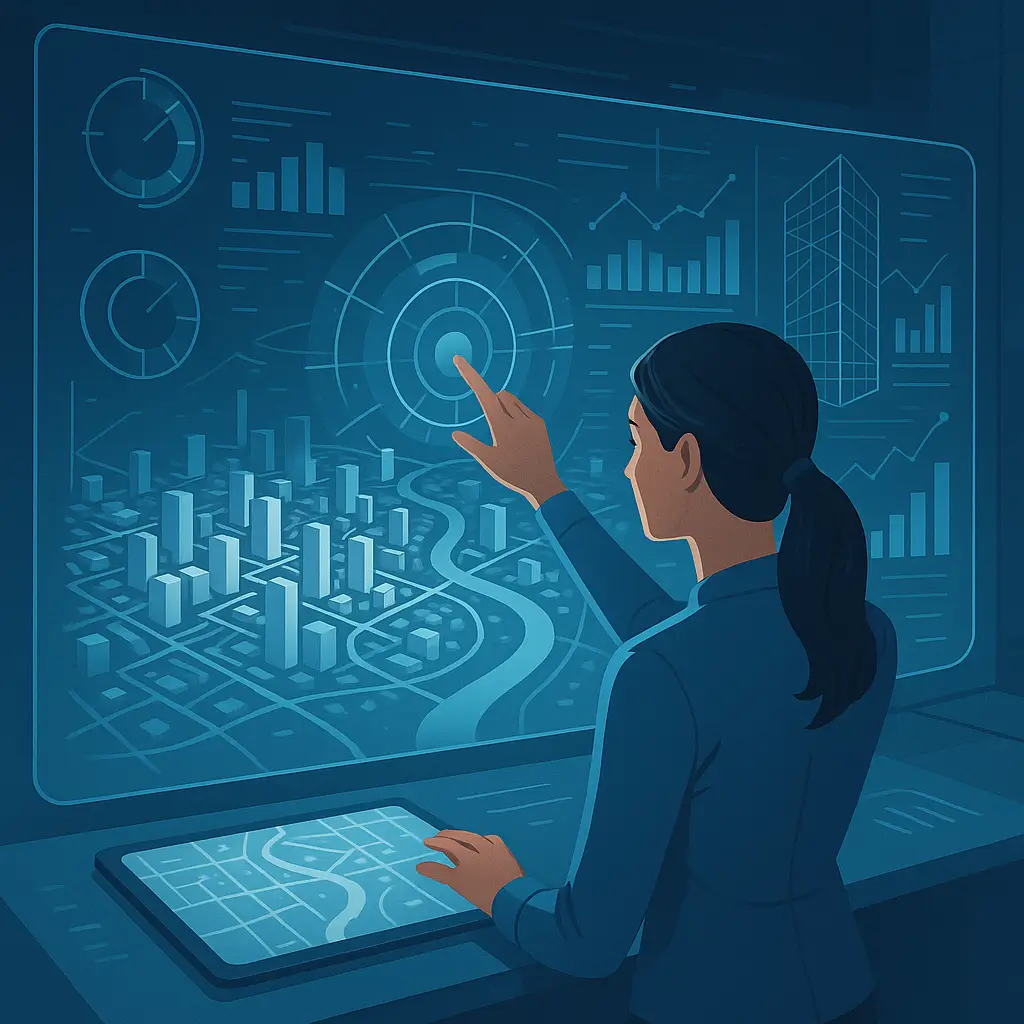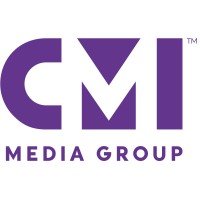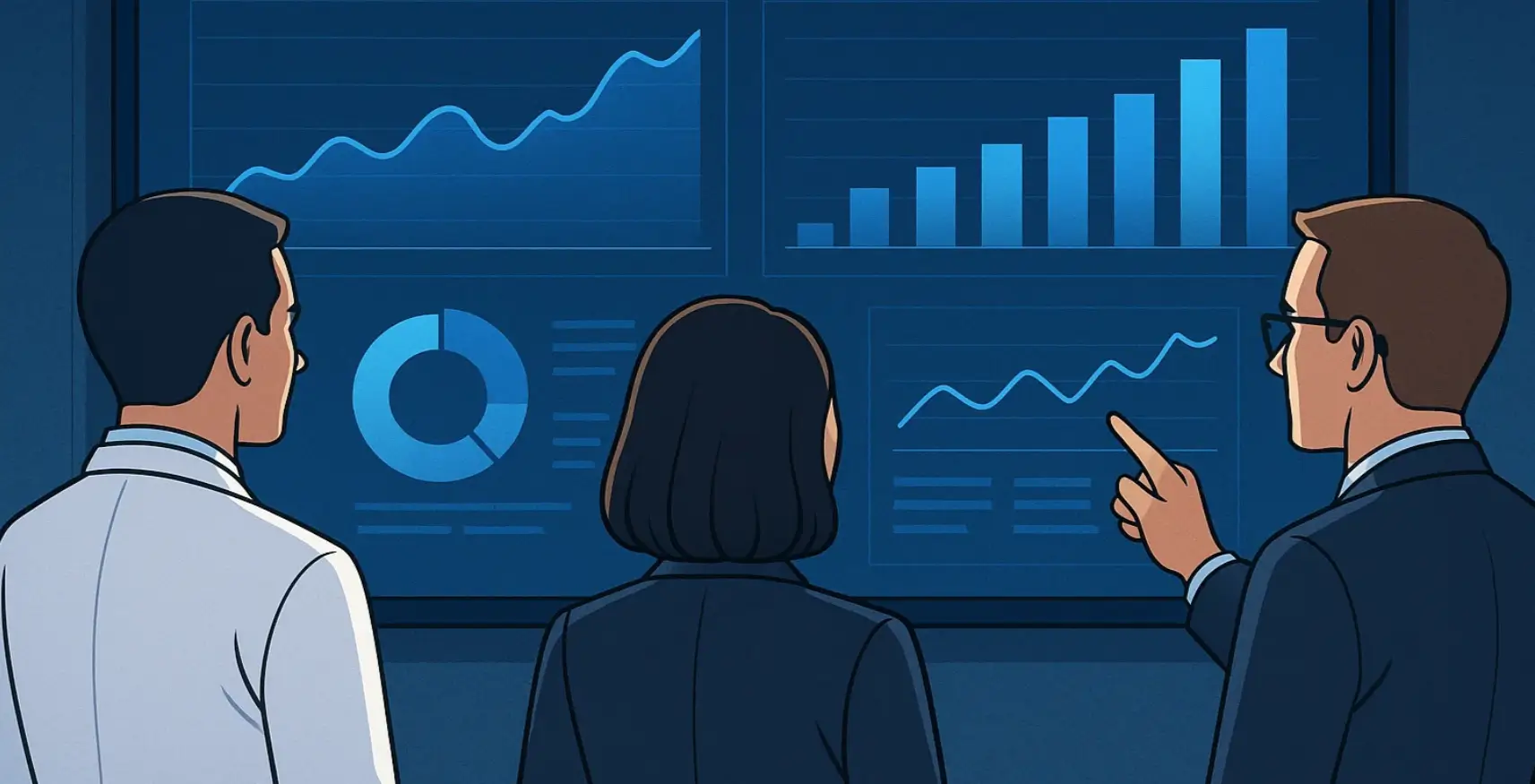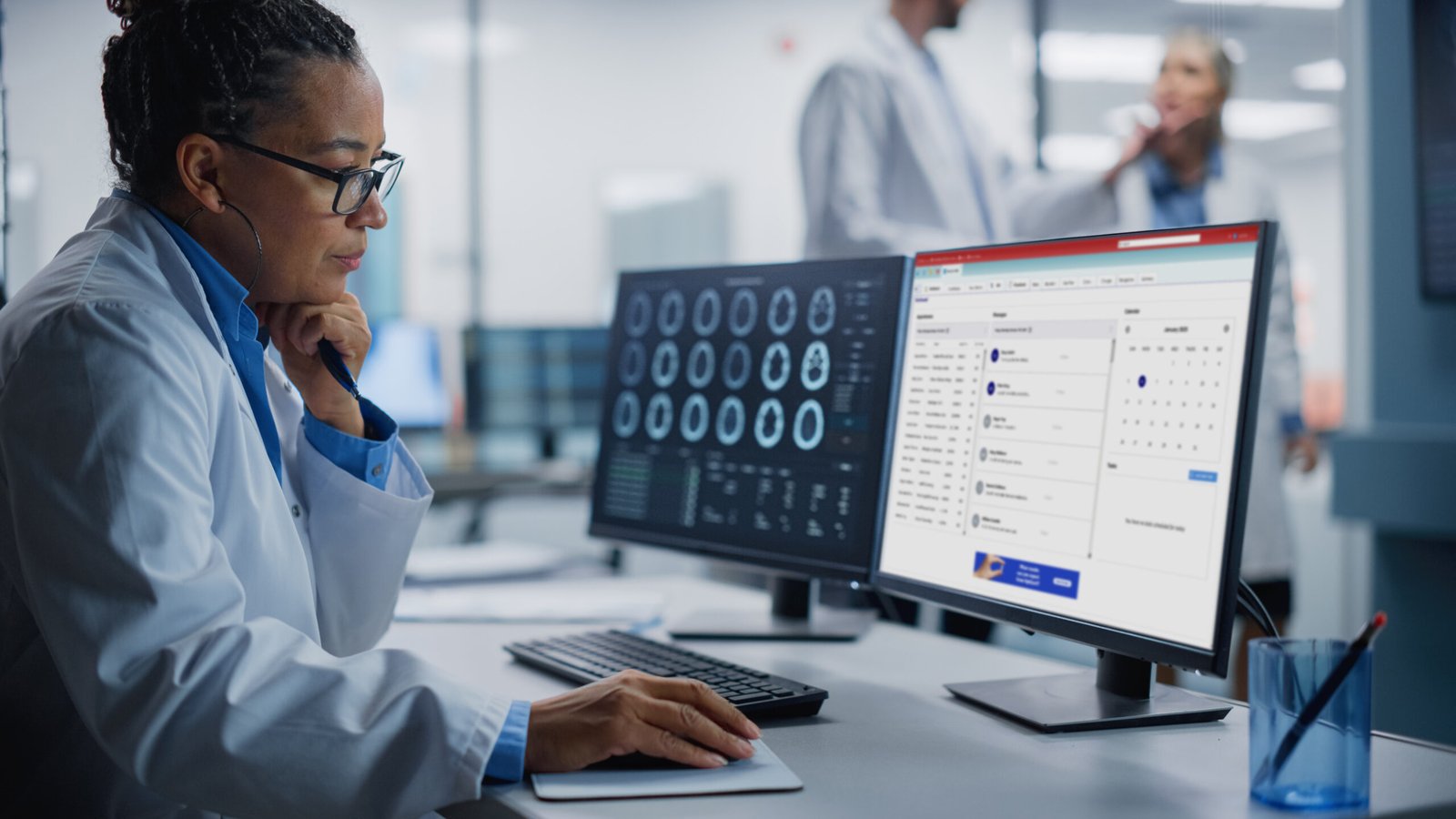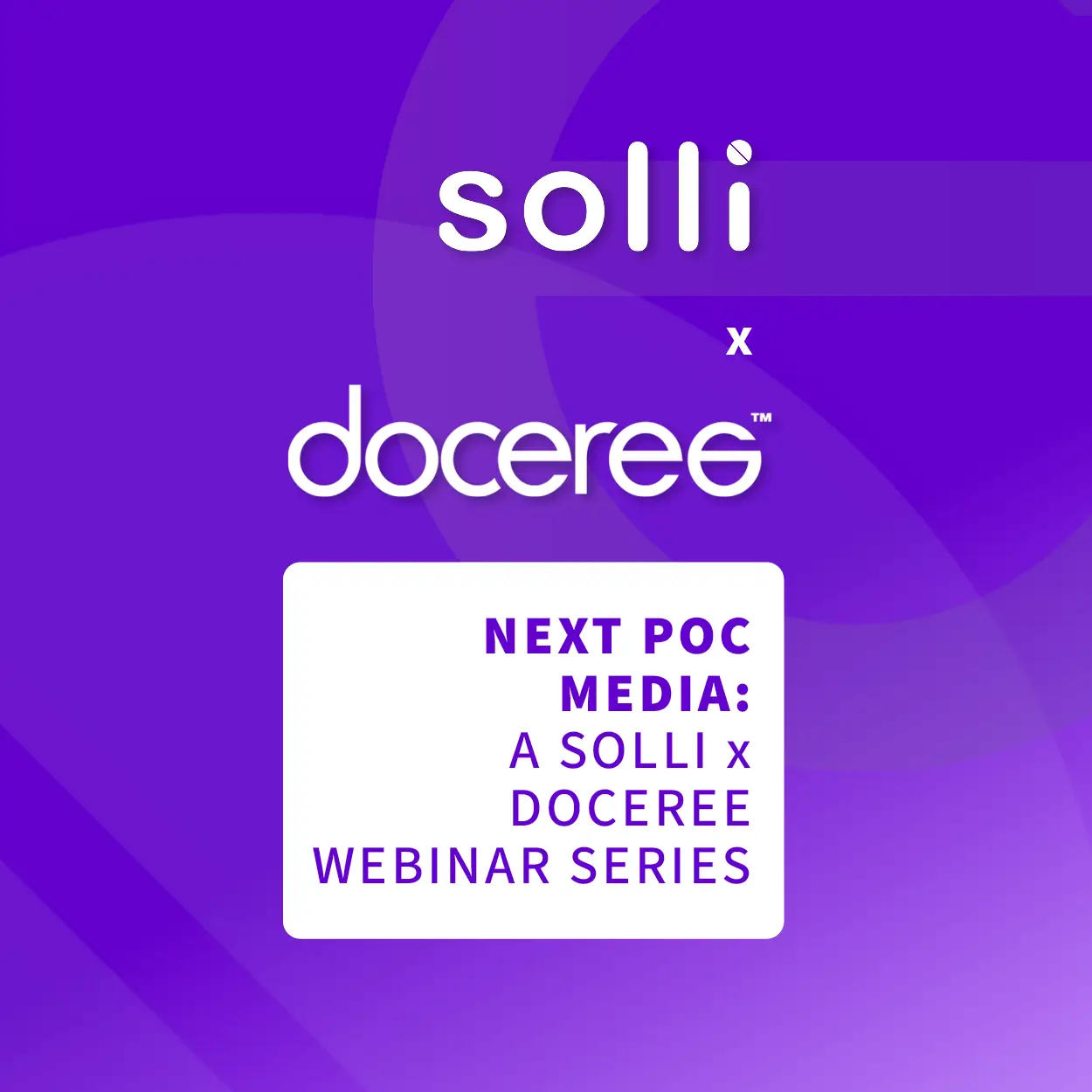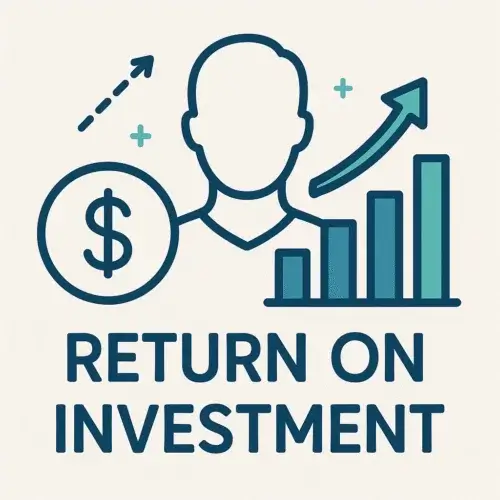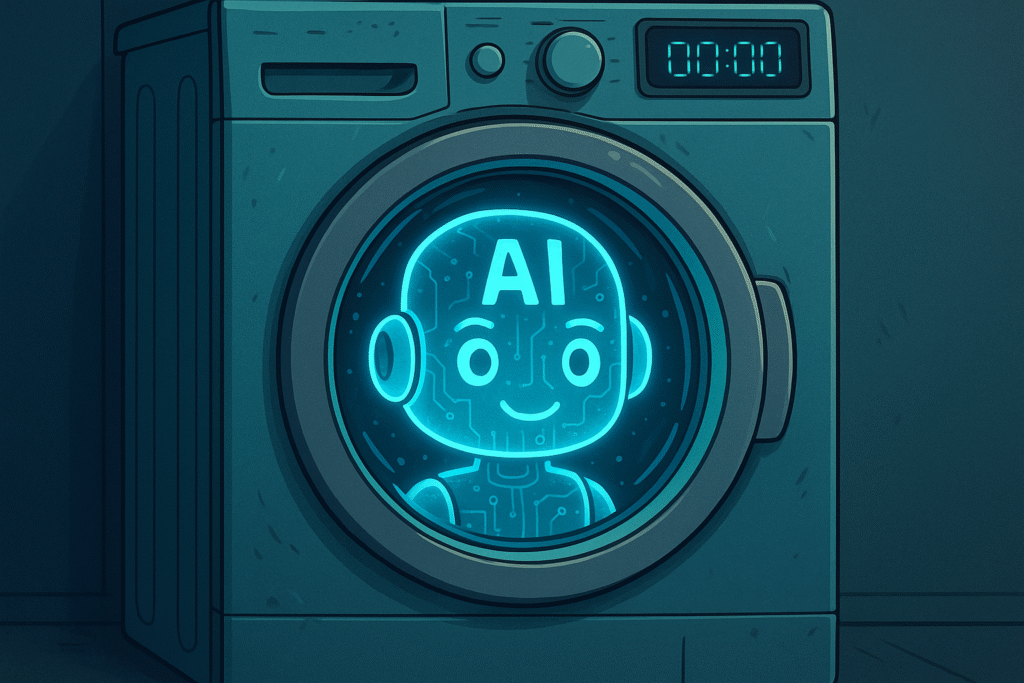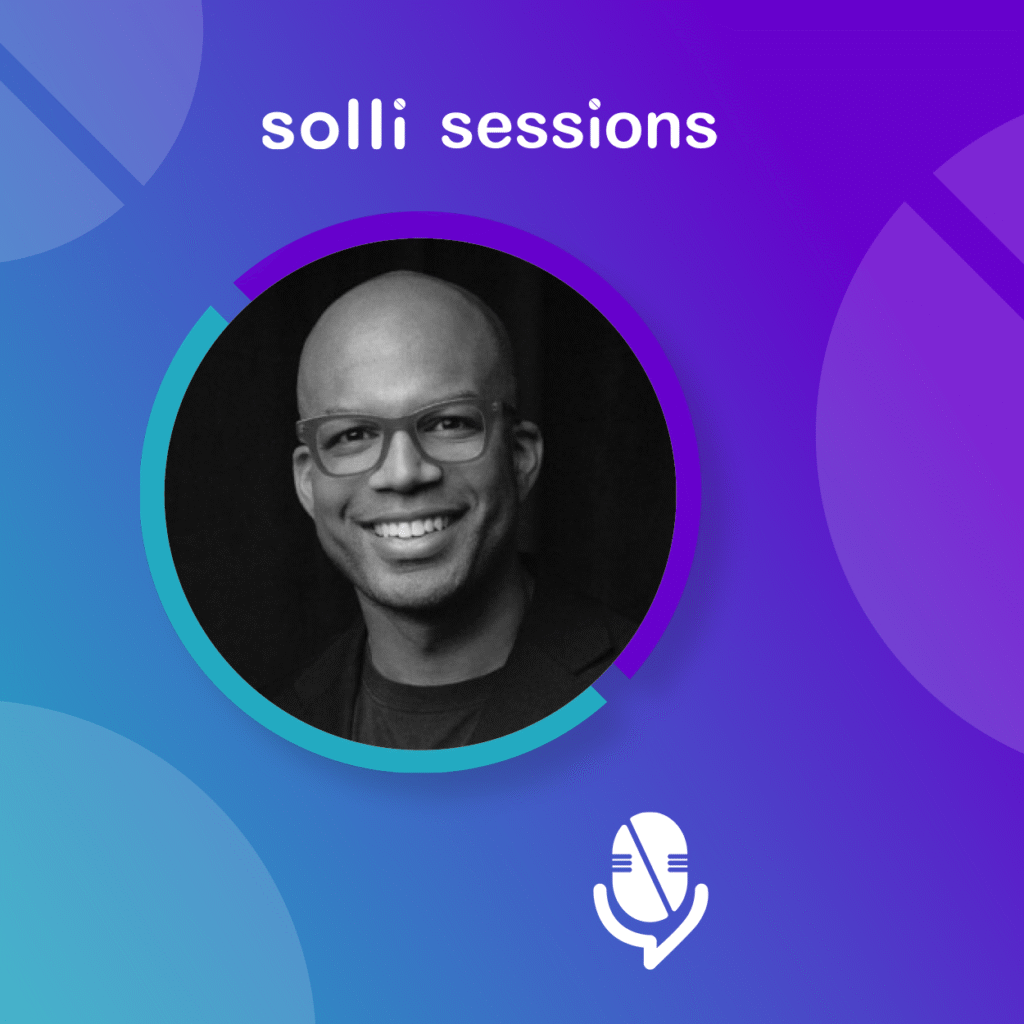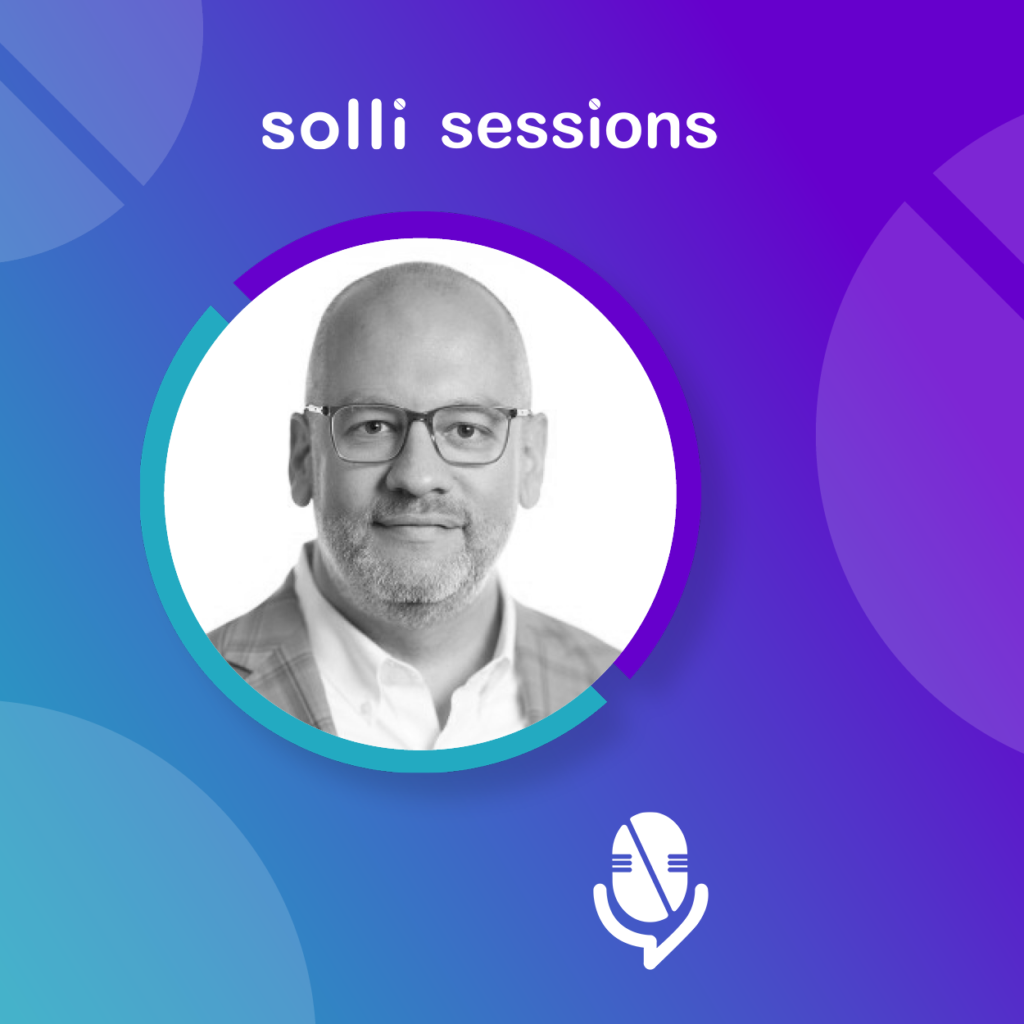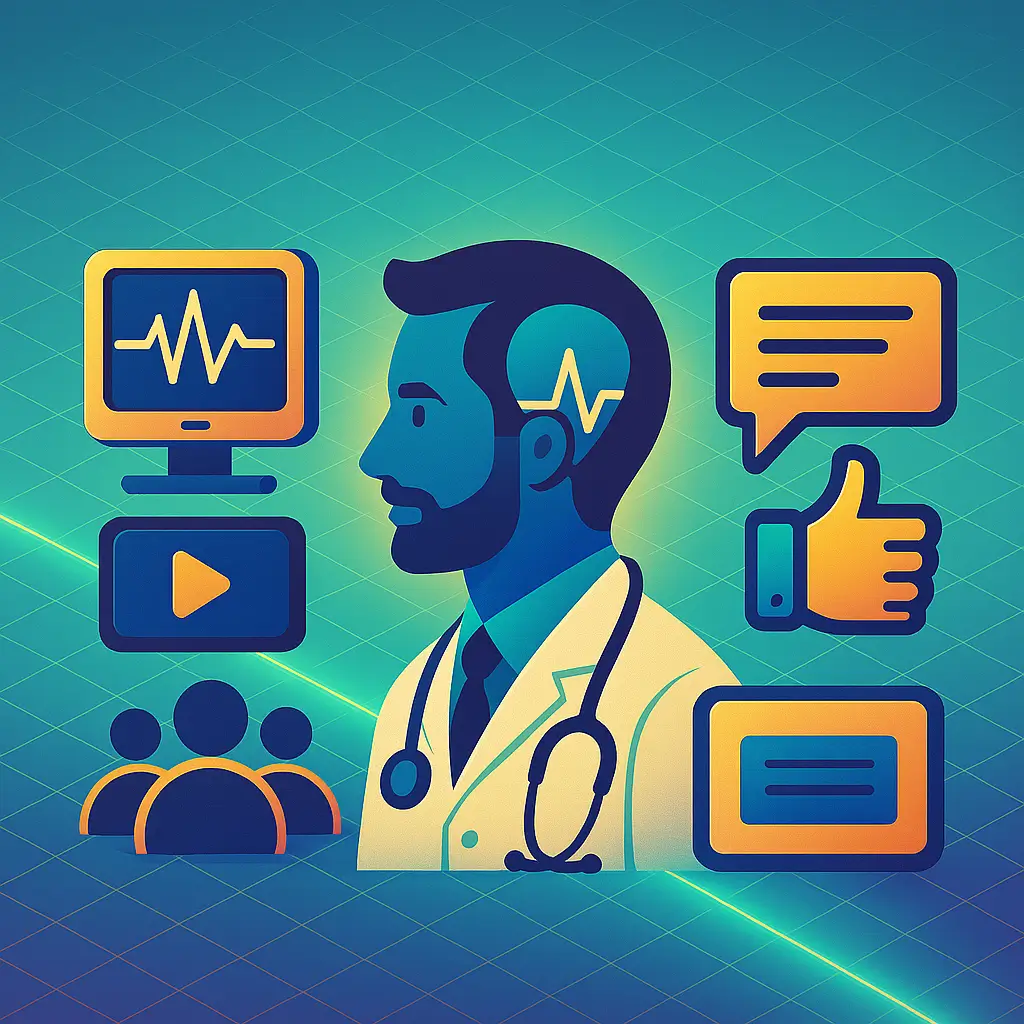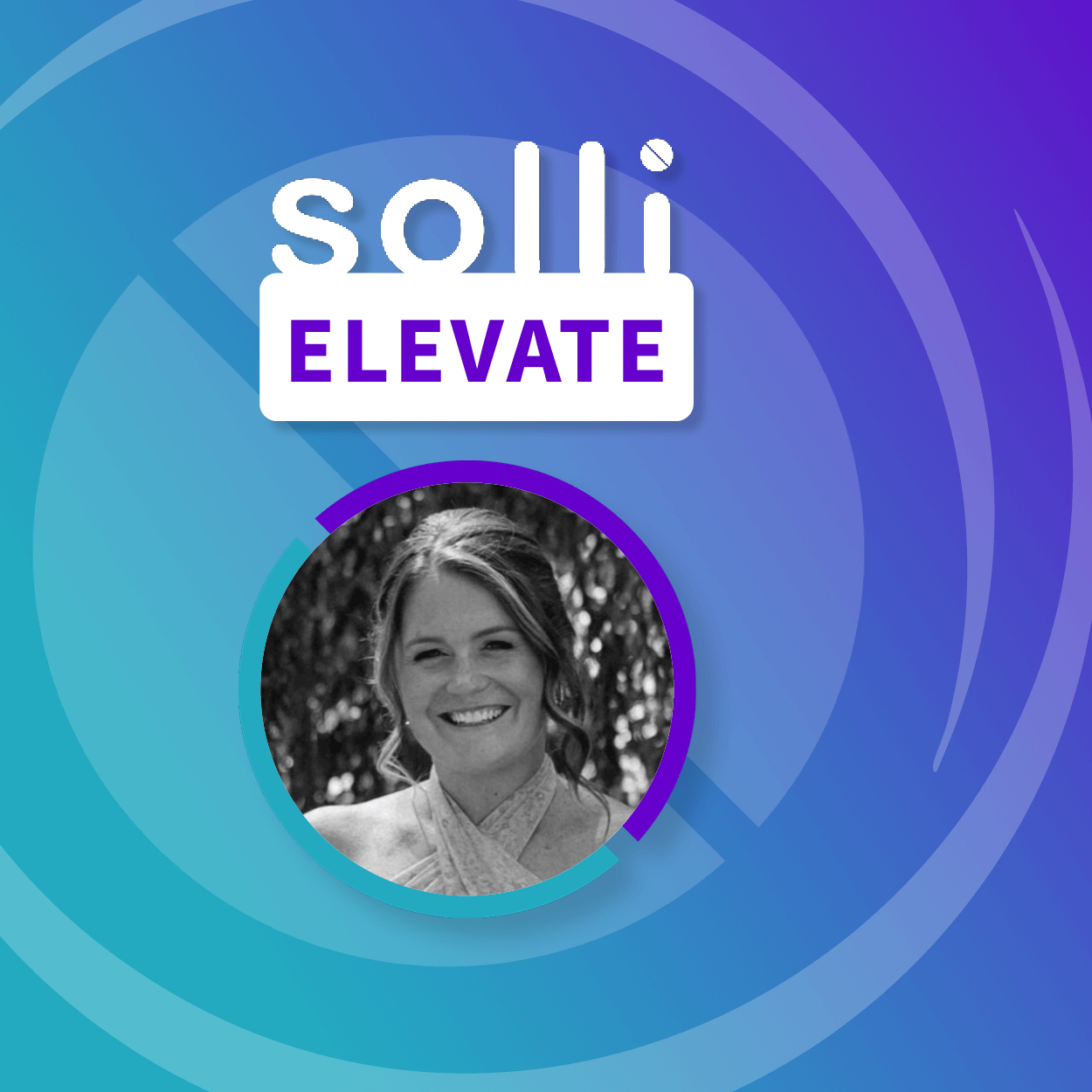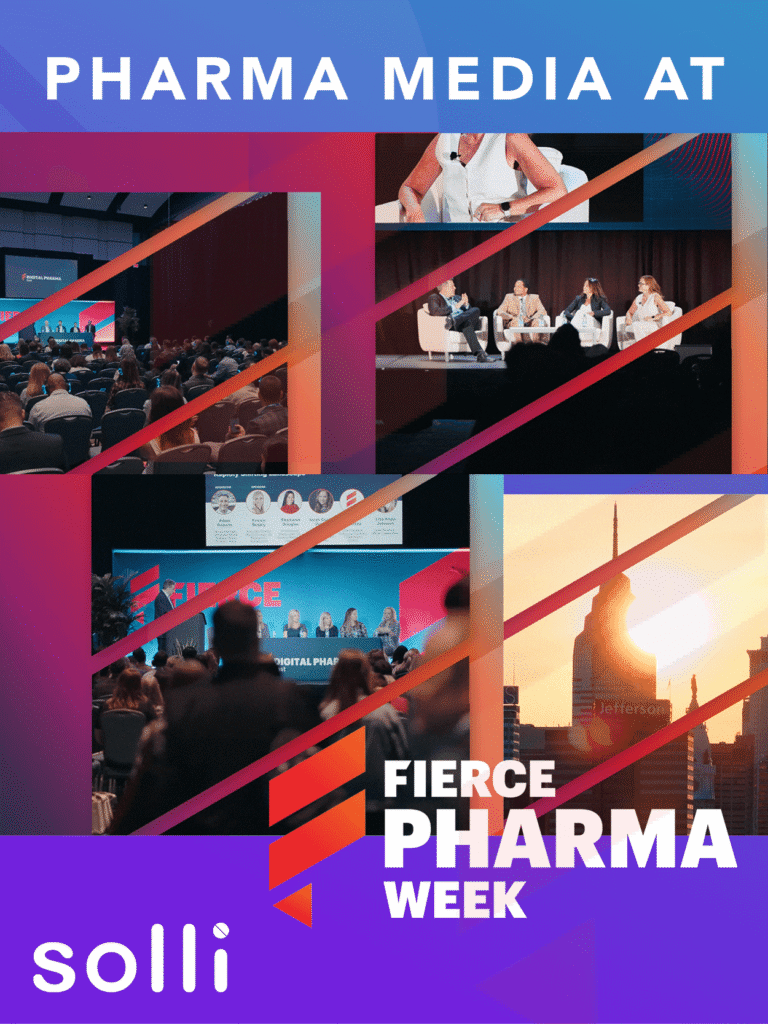From Print to Prompts in Pharma Media
A journey through what 'media' has meant within pharma, and what the future may hold.
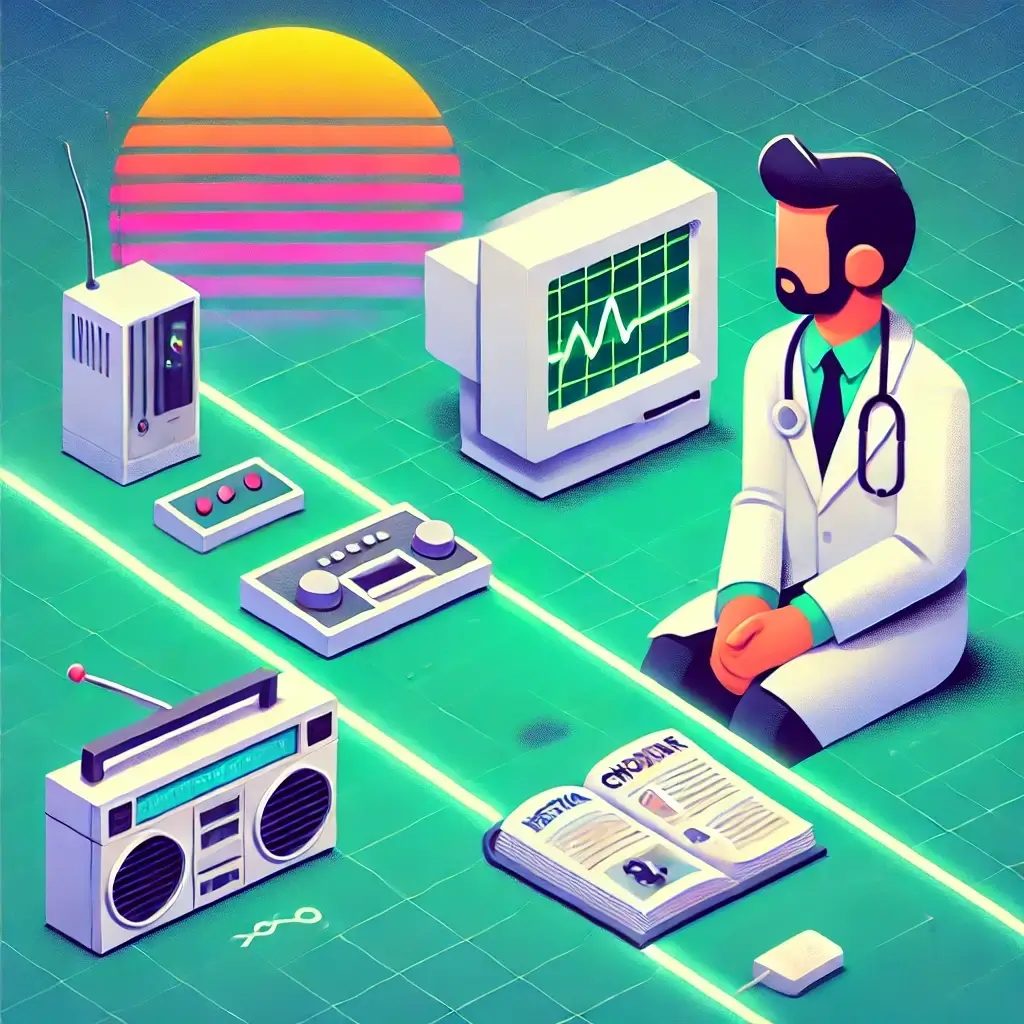
If you asked a room full of pharma executives to define “media,” you’d likely hear a predictable list: display ads, TV spots, emails, and maybe a bit of out-of-home (OOH) for good measure. And while these traditional elements of paid media are still critical, they barely scratch the surface of what’s possible today – and what’s coming next.
As healthcare communications evolve at breakneck speed, so too must our understanding of what “media” can be. The most forward-thinking pharma brands aren’t just buying ad space; they’re embedding themselves in moments of influence, insight, and interaction. They’re working with doctors who double as creators, using machine learning to personalize ads in real time, and integrating brand experiences into the very workflows of healthcare professionals (HCPs).
So, let’s break down how media has evolved, where it’s headed, and what it means for pharma. From static banners to interactive AI-driven experiences, this is the new face of media in healthcare.
The Traditional Era: Media as a Placement
For decades, media was defined by format, placement, and frequency. It was as simple as asking, “Where can I put my message so people will see it?” In pharma, this usually meant buying space in environments that HCPs and patients frequented – medical journals, prime-time TV, and, healthcare publisher websites. The goal was attention. The method was visibility.
But in this early era, media was passive. It sat in places and waited to be seen. It didn’t adapt, react, or interact. Media had one job: be seen. Here’s a look at how this thinking shaped pharma’s early approach to paid media.
Print and Journal Advertising
Medical journals were once the most influential media platform for HCPs. Ads in JAMA, The Lancet, or NEJM were seen as signals of credibility and status. Print ads weren’t just visibility tools; they were seen as badges of legitimacy for brands.
The issue was scale. Print couldn’t keep pace with the on-demand needs of modern HCPs, and as journals moved online, so did advertising. Static page ads became digital banners, and with them, the ability to track impressions, clicks, and audience behavior.
Having said this, print still does hold the same kudos & interest for HCPs. Particularly in markets such as Germany where HCPs still prefer their printed content.
Display, Programmatic, and Email Marketing
The rise of the internet revolutionized how pharma brands engage with both HCPs and patients, with success being determined by data, automation, and personalization.
Direct purchase display remains a key route, harnessing strong relationships with endemic publishers to secure premium placements & campaigns. For scale and precision, programmatic technology took over, simultaneously ingesting multiple data sources for highly targeted, highly relevant display placements. This technology also making the short leap over to Out of Home Advertising to digitise this traditional media outlet. Real-time bidding (RTB) enables ad placements that are personalized, dynamic, and contextually relevant.
Email marketing remains a powerful way to engage HCPs and patients. For HCPs, it supports eDetailing, medical education, and event invites. For patients, it offers treatment guidance, wellness education, and support program updates. Modern email campaigns now feature interactive elements like clickable polls, treatment selectors, and expandable content to boost engagement.
However, oversaturation is a growing challenge. HCPs experience “banner blindness” from repetitive display ads, while inboxes are flooded with promotional emails. To cut through the noise, brands now use dynamic creative optimization (DCO), personalized targeting, and interactive elements to increase relevance and engagement.
Social Media
Pharma brands were once wary of social media, but no longer. HCPs and patients alike use LinkedIn, Twitter, and even TikTok for medical content, peer connections, and clinical updates. As the line between professional and personal spaces blurs, social media has become a key media channel for pharma.
Micro-communities of HCPs & patients gather to share studies, debate new treatment options and take control of the information they consume. On top of the usual display advertising, native posts and others, social media can become a place for rich, in-depth, meaningful relationships between brands and their customers (whether HCP or patients).
These social communities range from the consumer-facing to the HCP-only environments so popular across the US & Globally.
Native Advertising
Native advertising is about blending in rather than standing out. Unlike flashy banner ads, native ads are seamlessly integrated into content feeds, mimicking the tone, style, and format of editorial content. While native ads were originally designed to provide non-disruptive, value-driven content, poor execution can place them alongside clickbait-style ads, risking brand perception by association.
However, when done correctly, native advertising remains a powerful tool to align with trusted, high-quality content. By embedding brand messaging within respected editorial environments, native ads achieve higher engagement, build credibility, and offer a more authentic experience for HCPs and patients alike. One may see a resurgence of ‘native’ advertising within the LLMs exploring their advertising options in 2025 and beyond.
TV and Linear Media
Linear TV changed healthcare advertising forever. “Ask Your Doctor” became a cultural phenomenon, where mass audiences were educated on treatments in one sweep. No other media offered the same scale of attention.
But linear TV had a flaw: it was inflexible and untargeted. Once the ad aired, you couldn’t change it. You couldn’t segment who saw it. That’s where Connected TV (CTV) flipped the script. Modern CTV advertising allows pharma brands to buy TV placements as precisely as they do with digital banners, reaching specific HCPs or patient demographics based on interests, location, or prior behavior.
The Experience Era: The Shift from Placement to Influence
As media channels evolved, the concept of media shifted from “where can I place an ad?” to “how can I influence a moment?“. Instead of being static and passive, media became dynamic, data-driven, and interactive. It became less about “buying space” and more about embedding into HCP workflows and patient journeys.
Connected TV (CTV) Advertising
Connected TV (CTV) bridges the gap between TV’s large-scale impact and digital-style precision targeting. Unlike linear TV, CTV enables brands to place ads in front of specific viewers at specific moments, offering personalization at scale.
Instead of advertising to “all viewers of a TV show,” you target individuals who use streaming devices. Ad placement is flexible, and brands can measure effectiveness using the same performance metrics as digital ads. This is why there has been such as significant shift from linear to CTV for pharma clients through 2024 and into 2025.
As the 2026 Upfronts kick-off, it will be intriguing to see how these platforms court pharma media dollars in 2026.
Point-of-Care (POC) Media
Once limited to waiting room posters, Point-of-Care (POC) has become one of the most powerful tools for driving treatment decisions. Today, pharma brands deliver content via digital touchscreens, tablets, and interactive in-room displays, amongst many other routes. This media isn’t just for patients. It also prompts HCPs with treatment options while they access electronic health records (EHRs).
This media is no longer static; it’s context-aware. An ad for a flu vaccine might only appear during flu season, but more importantly than that it can appear for at-risk patients outside of the typical targeting metrics. Plus, updates on new treatments can surface when EHRs detect a relevant patient profile. It’s media that knows when and where it’s most relevant.
Podcasts
Once simple audio news recaps, podcasts have evolved into immersive experiences. They have become multi-medium platforms where creators share stories, host prominent guests, and captivate global audiences.
Both long-form and short-form podcasts have grown into brands in their own right, building loyal communities and creating experience-led platforms where brands can partner, engage, and embed themselves.
From co-commissioning of custom series, to headline sponsorships of popular shows, through to native brand integration Pharma brands have leaned in heavily to the podcast phenomenon, and it shows no signs of slowing.
HCP Influencers
Doctors, nurses, and medical professionals are now content creators on social platforms. They post clinical trial reviews, offer guidance to peers, and host live Q&As. Unlike celebrity influencers, HCP influencers have credibility within their specialty.
Pharma brands now broadly work with these HCP influencers to co-create educational videos and social content. A well-respected oncologist posting about a new cancer treatment on an HCP portal can be far more effective than a pharma brand doing it alone.
Of course, the power of HCP influencers on the public is nothing new. Though it has significantly developed from the friendly ‘TV Doctor’ to become thousands of content creators sharing health content directly with consumers. Alongside the benefit of increased access to trusted sources (in the main), there has also been the ability for consumers to find HCPs that they can personally relate to; who speak their native tongue, who represent them, and who can support their diverse needs.
Pharma brands now have ample opportunities to support this ecosystem, however it must be done with real-thought and care to get it right.
Direct Platform Partnerships: Redefining What Counts as ‘Media’
As pharma brands push further into experience-led engagement, one area that often escapes traditional definitions of “media” – but absolutely belongs in the mix – is the direct, in-depth partnerships with HCP platforms.
These collaborations go far beyond banner placements or programmatic targeting. They involve co-created content experiences, such as bespoke on-platform eDetailing, interactive patient simulations; peer-to-peer experiences, and immersive AR/VR solutions and much more. All developed in partnership with the platforms HCPs already trust and use in their daily practice.
As these partnerships often involve customized solutions that blend education, utility, and branded value, they are sometimes seen as “engagement tactics” rather than media. This is often a false & unnecessary distinction. Some platforms may resist the ‘media’ label in order to maintain direct relationships with brands away from ‘media’ budgets, or seek funding from alternative marketing pots, it doesn’t change that these programs are positioned directly in the media mix.
For modern media strategists, these moments of interaction – embedded in clinical workflows or specialist community platforms – are precisely the kind of targeted, high-value engagement that defines contemporary media.

The Emotional Intelligence Era: New Media Environments & Human Creativity
Where does media in pharma go next? What new tools and technologies will transform how pharma reaches HCPs and patients? The next era of media will be shaped by new media environments, new user behaviors and a renewed focus on human-led creativity. A seamless fusion of human emotion and AI intelligence, redefining ‘Emotional Intelligence’.
Partnering with LLMs (Large Language Models)
Millions of people – patients, HCPs, and researchers – use LLMs like ChatGPT, Perplexity, Claude and Google Gemini every day. HCPs are asking these models for treatment guidelines, drug comparisons, and educational content. Patients ask about symptoms, medications, and side effects.
A multitude of publishers are now partnering with LLMs to ensure their content feeds these models. This isn’t just about visibility – it’s about creating a new model for revenue and data where they had previously been fearful in dancing with this new media partner. Just as Google monetized search, LLMs will become their own media ecosystems where publishers control access, brands pay for visibility, and data is monetized. (To some extent).
Pharma brands will need to work out how to have their messages appear in AI-driven responses. This will be a paradigm shift for media planning. No longer will you “buy ads on search engines” – you may pay for prominence in AI-driven answers.
Search Advertising in a Generative AI World
The search journey has changed. Instead of showing 10 links, AI-powered search engines deliver complete answers. Imagine a patient searching, “What’s the best treatment for migraine relief?”
Instead of getting a list of web links, they see one detailed answer. But who controls that answer? How do pharma brands ensure their treatment is part of it?
In this new world, advertising won’t be about buying a top spot on the results page. It’ll be about influencing the data and sources that generative AI relies on. Brands will work with publishers and platforms to ensure their products are part of the AI’s knowledge base.
Emotional Resonance: The Next Great Media Metric
Across all the media choices mentioned – from POC to CTV to LLMs – one thing becomes clear: technology is levelling the field where human expertise, knowledge & judgement used to reign and produce exceptional work. As AI accelerates media performance to a baseline “optimal level,” every brand will hit that baseline. To win, you’ll need more than optimization.
This is why emotional resonance will become the key metric for media planning. Did the campaign make the HCP or patient pause? Did it feel relevant? Did it stay in their mind? Emotional connection will be the next frontier for creative performance.
Human-led creative partnerships will lead the charge. In a world where machines drive efficiency, it’s human insight and emotional storytelling that will drive effectiveness.
The Takeaway: Media is Not a Format – It’s a Moment of Influence
Media is no longer defined by formats, channels, or ad space. It’s about context, connection, and influence.
Pharma brands that see media as “moments, not placements” will win.

